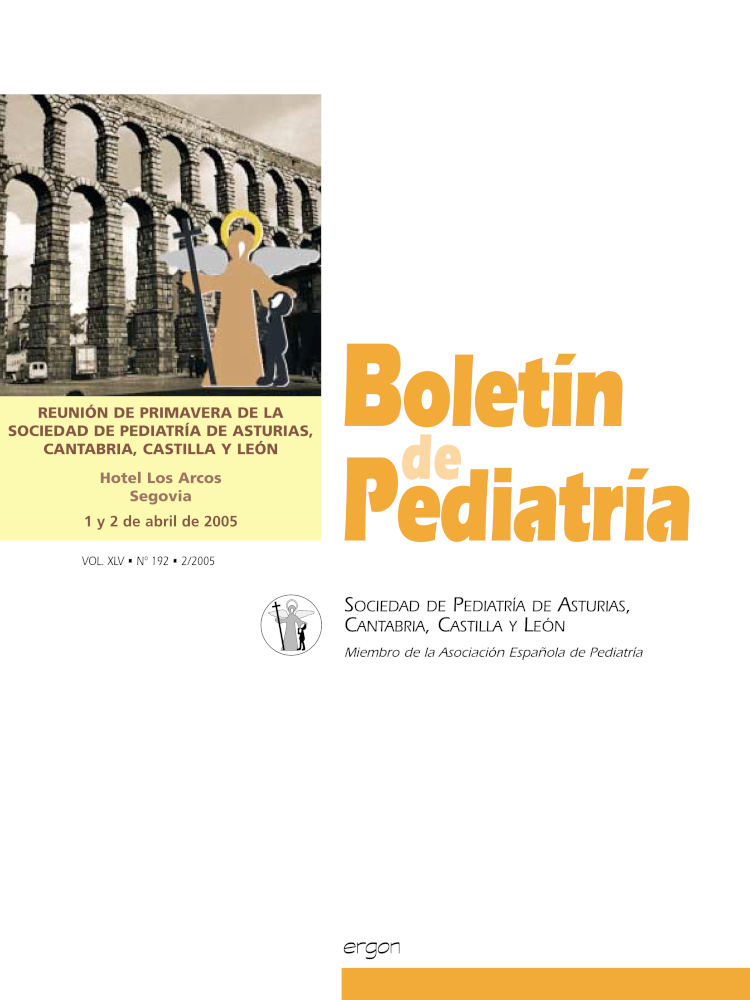Abstract
Background: In the last few years, it has been described that one of the best renal function parameters is the renal concentrating test with desmopressin. Objective: The aim of the present study was the evaluation of the renal function comparing the results of the urine concentration test with desmopressin administrated by oral or intranasal way in a group of children followed up in our hospital. Material and methods:Aseries of 53 patients (30 males and 23 females) who consulted at the hospital. Results: The maximum urinary osmolality was 726,4 ± 163,8 mOsm/kg with desmopressin administrated by intranasal way and 782,1 ± 198,5 mOsm/kg (p = 0,003) with desmopressin administrated by oral way. It was observed a direct correlation between both parameters (r = 0,75; p < 0,001). In 40 children (75,5%) were coinciding the maximum urinary osmolality, that is, the one that he was concentrating with a method did it with the other and the other way around. 32 of them (80%) had a defect in the urinary concentration test. In 13 patients (24,5%) the values were not coincident; all of them presented a normal urinary concentration test but in 12 the maximum value was obtained with oral desmopressin. Conclusions: The most meaning results of this study are that if there is a defect in the renal concentrating capacity, this will be present independently of the desmopressin administration method. On the other hand, in those cases where there are not coincidence between both determinations, the oral way is the reference method.

This work is licensed under a Creative Commons Attribution-NonCommercial 4.0 International License.
Copyright (c) 2005 Boletín de Pediatría
